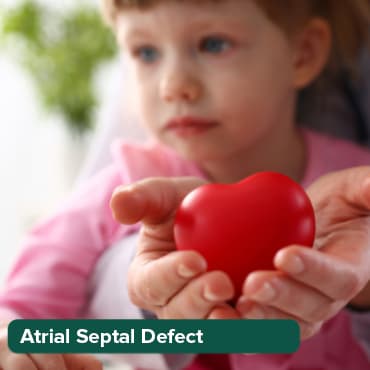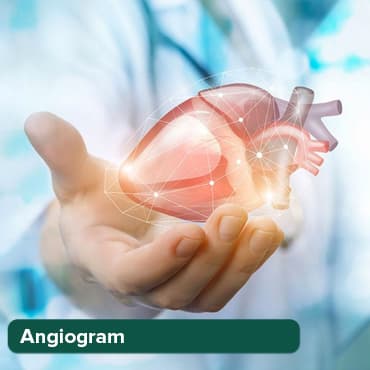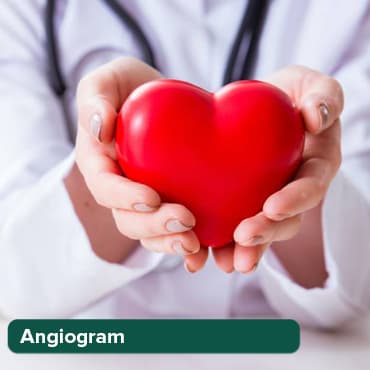
Types of Hernia: Causes, Symptoms, and Treatment
03 May, 2023
A hernia is a medical condition that occurs when an organ or tissue protrudes through a weakened or torn part of the abdominal wall or other body cavity that normally contains it. Hernias are quite common, with around 5 million people in the United States affected by them each year. There are different types of hernias, each with their own causes, symptoms, and treatment options. In this article, we will explore the different types of hernias, their causes, symptoms, and treatment options.
1. Inguinal Hernia
Transform Your Beauty, Boost Your Confidence
Find the right cosmetic procedure for your needs.

We specialize in a wide range of cosmetic procedures

An inguinal hernia is the most common type of hernia, accounting for about 70% of all hernias. This type of hernia occurs when a part of the intestine or bladder protrudes through the inguinal canal, which is located in the groin area. The inguinal canal is a narrow passage that allows the spermatic cord to pass from the abdomen to the scrotum in men and holds the round ligament in women. Inguinal hernias are more common in men than in women and can cause pain or discomfort in the groin area.
Causes:
The main cause of inguinal hernias is a weakened or stretched abdominal wall. This can occur due to factors such as aging, pregnancy, obesity, chronic coughing, or lifting heavy objects.
Symptoms:
Symptoms of an inguinal hernia include
- a bulge in the groin area,
- discomfort or pain in the groin,
- especially when lifting or bending,
- a feeling of pressure or weakness in the groin, and
- a burning or aching sensation in the groin.
Treatment:
Most popular procedures in India
Atrial septal defect
Upto 80% off
90% Rated
Satisfactory

Coronary Angiogram a
Upto 80% off
90% Rated
Satisfactory

Coronary Angiogram C
Upto 80% off
90% Rated
Satisfactory

Liver Transplant
Upto 80% off
90% Rated
Satisfactory

Total Hip Replacemen
Upto 80% off
90% Rated
Satisfactory

Surgery is the most common treatment for an inguinal hernia. During the surgery, the hernia is repaired by pushing the protruding tissue back into the abdominal cavity and strengthening the abdominal wall with stitches or a synthetic mesh. The surgery can be performed as an open surgery or laparoscopic surgery, depending on the severity of the hernia and the patient's overall health.
2. Femoral Hernia
A femoral hernia is less common than an inguinal hernia, accounting for about 5% of all hernias. This type of hernia occurs when a part of the intestine or other tissue protrudes through the femoral canal, which is located in the upper thigh near the groin. Femoral hernias are more common in women than in men.
Causes:
The main cause of femoral hernias is a weakened or stretched abdominal wall, which can occur due to factors such as aging, pregnancy, obesity, chronic coughing, or lifting heavy objects.
Symptoms:
Symptoms of a femoral hernia include
- a bulge in the upper thigh near the groin,
- discomfort or pain in the groin or upper thigh,
- a feeling of pressure or weakness in the groin, and
- a burning or aching sensation in the groin.
Treatment: Surgery is the most common treatment for a femoral hernia. During the surgery, the hernia is repaired by pushing the protruding tissue back into the abdominal cavity and strengthening the abdominal wall with stitches or a synthetic mesh. The surgery can be performed as an open surgery or laparoscopic surgery, depending on the severity of the hernia and the patient's overall health.
3. Umbilical Hernia
An umbilical hernia is a type of hernia that occurs when a part of the intestine or other tissue protrudes through the abdominal wall near the belly button. This type of hernia is more common in infants and young children, but it can also occur in adults.
Causes:
The main cause of umbilical hernias in infants and young children is a weakness in the abdominal wall near the belly button, which is a common occurrence during fetal development. In adults, umbilical hernias
can occur due to factors such as obesity, pregnancy, and previous abdominal surgery.
Symptoms:
Symptoms of an umbilical hernia include
- a soft bulge or swelling near the belly button,
- discomfort or pain in the abdominal area, and
- vomiting or constipation.
Treatment: In infants and young children, umbilical hernias usually resolve on their own within a few months. In adults, surgery may be required if the hernia is causing discomfort, is getting larger, or if there is a risk of complications such as incarceration or strangulation. The surgery involves pushing the protruding tissue back into the abdominal cavity and repairing the weakened abdominal wall with stitches or a synthetic mesh.
4. Hiatal Hernia
A hiatal hernia is a type of hernia that occurs when a part of the stomach protrudes through the diaphragm into the chest cavity. This type of hernia is more common in people over the age of 50 and can be associated with gastroesophageal reflux disease (GERD).
Causes:
The main cause of hiatal hernias is a weakness in the diaphragm muscle, which can occur due to factors such as aging, obesity, pregnancy, and chronic coughing.
Symptoms:
Symptoms of a hiatal hernia include heartburn, acid reflux, chest pain, difficulty swallowing, and a feeling of fullness after eating.
Treatment:
Treatment for a hiatal hernia involves managing the symptoms of GERD through lifestyle changes such as losing weight, avoiding certain foods, and taking medication to reduce stomach acid. In severe cases, surgery may be required to repair the hernia and strengthen the diaphragm muscle.
5. Incisional Hernia
An incisional hernia is a type of hernia that occurs when a part of the intestine or other tissue protrudes through a previous surgical incision in the abdominal wall. This type of hernia is more common in people who have had abdominal surgery and can occur years after the initial surgery.
Causes:
The main cause of incisional hernias is a weakened abdominal wall due to the previous surgical incision.
Symptoms:
Symptoms of an incisional hernia include
- a bulge or swelling near the surgical incision,
- discomfort or pain in the abdominal area, and
- vomiting or constipation.
Treatment:
Surgery is the most common treatment for an incisional hernia. During the surgery, the hernia is repaired by pushing the protruding tissue back into the abdominal cavity and strengthening the abdominal wall with stitches or a synthetic mesh.
In conclusion, hernias are a common medical condition that can occur due to a weakened abdominal wall or other body cavity. There are different types of hernias, each with their own causes, symptoms, and treatment options. If you experience any symptoms of a hernia, it is important to seek medical attention to determine the appropriate treatment options.
Wellness Treatment
Give yourself the time to relax
Lowest Prices Guaranteed!

Lowest Prices Guaranteed!




